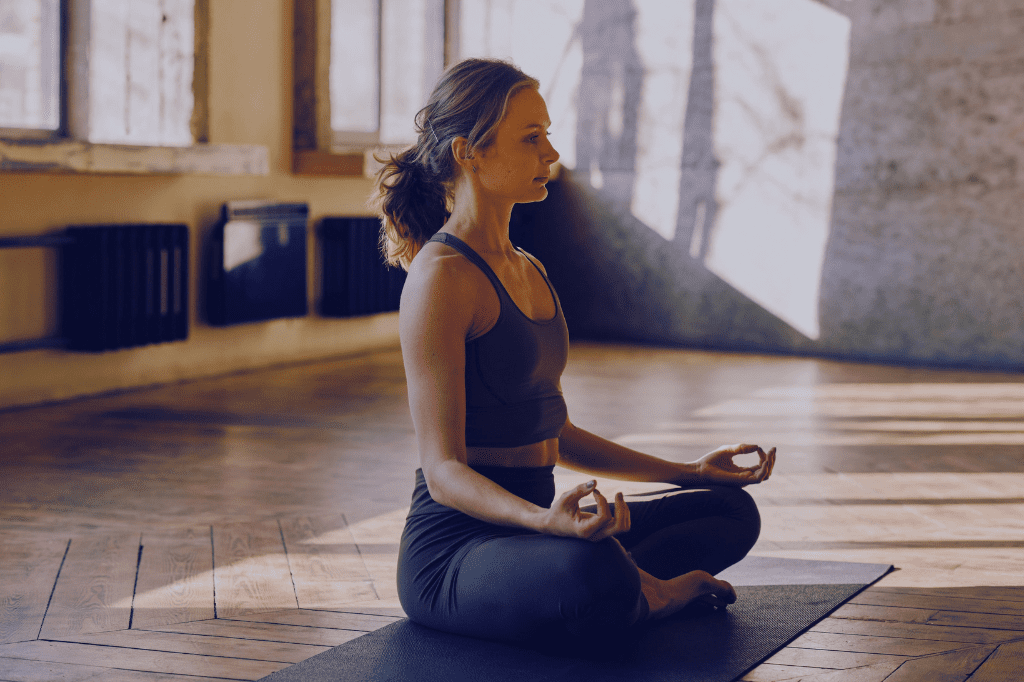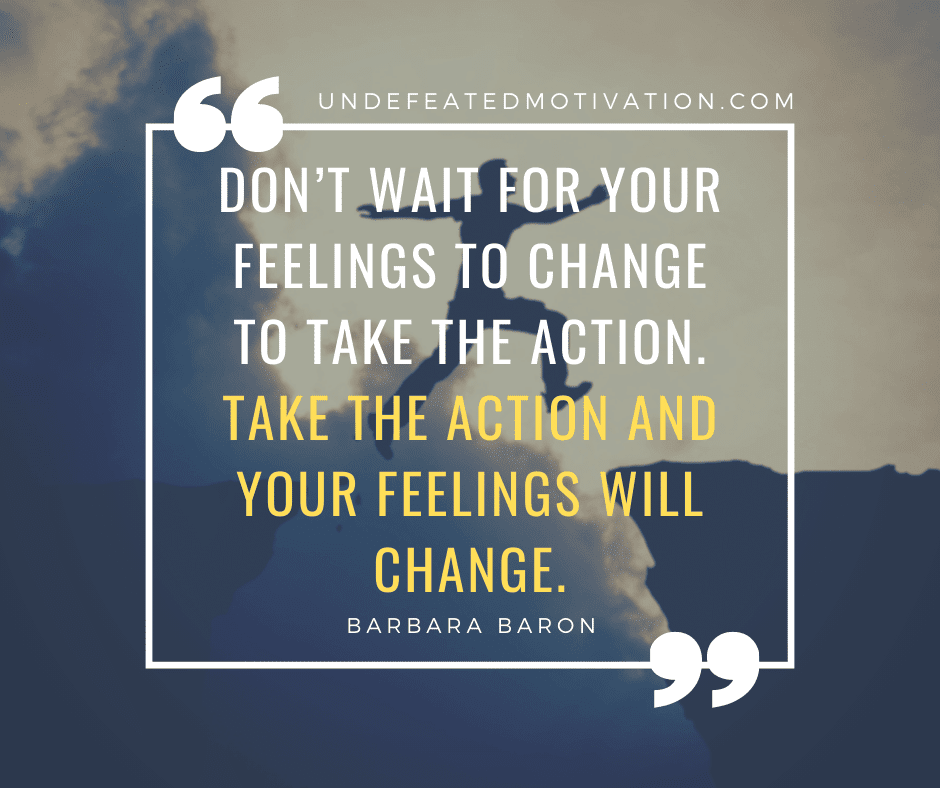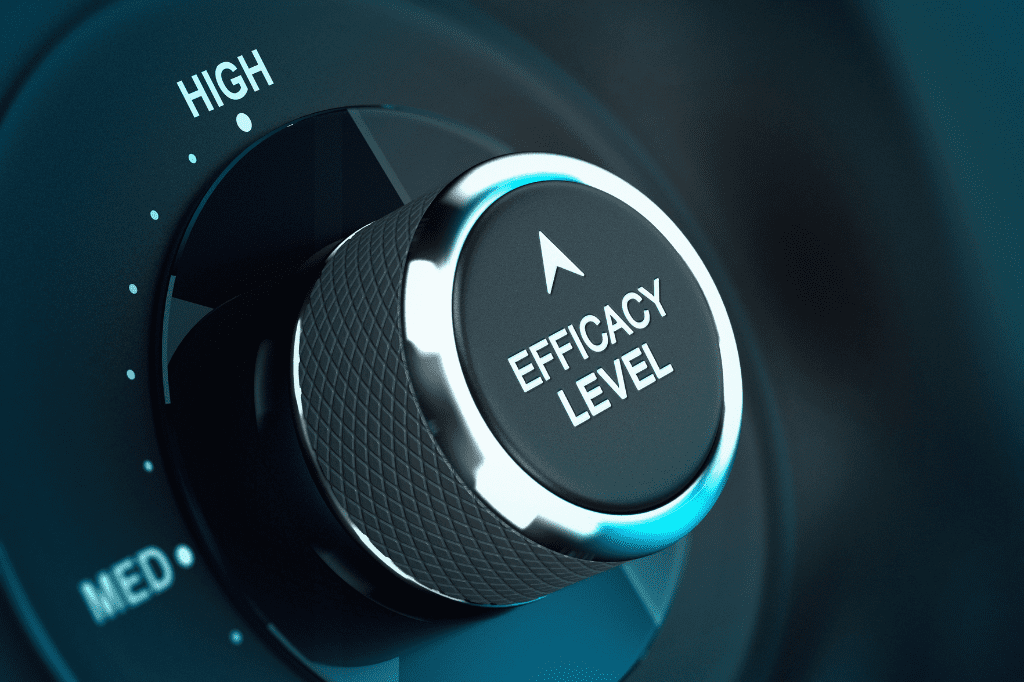10 Steps How to Meditate for Beginners
Are you looking for a way to relax and de-stress? If so, meditation may be the answer for you. Meditation is a great way to improve your mental and physical health, and it can be done by anyone, regardless of experience or background. In this blog post, we will discuss 10 steps on how to meditate for beginners. We will cover everything from finding the right location to setting aside time each day. So if you’re ready to give meditation a try, keep reading!

Here is a quick list of the 10 steps on how to meditate for beginners:
– Find a comfortable place to sit or lie down
– Close your eyes and take a few deep breaths
– Focus on your breath and let go of any thoughts or worries
– Stay in the present moment and don’t worry about the past or future
– If your mind wanders, simply return your focus to your breath
– Don’t worry if you can’t “empty” your mind completely
– Meditation is a practice, so be patient and keep at it
– Set aside time each day to meditate, even if it’s just for a few minutes
– Be gentle with yourself and don’t expect perfection
– Enjoy the benefits of meditation and how it makes you feel!
Now let’s go into a bit more detail on each of these steps.

1. Find a comfortable place to sit or lie down:
First, find a comfortable place to sit or lie down. You can do this inside your home or outside in nature. If you’re sitting, make sure your spine is straight and your shoulders are relaxed. You can also try lying down on your back with your palms up. Remember, the goal is to be comfortable so that you can focus on your breath and not on your body.
Tip: If you’re new to meditation, it may be helpful to start with a guided meditation. There are many great apps and websites that offer guided meditations for beginners.
2. Close your eyes and take a few deep breaths:
Once you’re in a comfortable position, close your eyes and take a few deep breaths. Inhale through your nose and exhale through your mouth. As you breathe, pay attention to how your chest and belly rise and fall.
Tip: If you’re struggling to focus on your breath, try counting each inhales and exhale. Inhale for a count of four, then exhale for a count of four. Repeat this until you feel your mind beginning to calm down.
3. Focus on your breath and let go of any thoughts or worries:
Now it’s time to focus on your breath. Pay attention to how your breath feels as it enters and leaves your body. Notice the sensation of the air moving through your nostrils and the rise and fall of your chest and belly. If your mind starts to wander, simply return your focus to your breath.
Tip: It can be helpful to mentally say the words “in” and “out” as you breathe. This will help you stay focused on your breath and let go of any other thoughts.
4. Stay in the present moment and don’t worry about the past or future:
It’s important to stay in the present moment and not worry about the past or future. This can be difficult at first, but it gets easier with practice. If you find your mind wandering, simply return your focus to your breath.
Tip: If you’re struggling to stay in the present moment, try focusing on your senses. What do you see, hear, smell, taste, and feel? This will help you ground yourself in the present moment and let go of any thoughts about the past or future.
5. If your mind wanders, simply return your focus to your breath:
As we mentioned before, it’s normal for your mind to wander during meditation. If this happens, simply return your focus to your breath. Don’t worry if you can’t “empty” your mind completely. Meditation is a practice, so be patient and keep at it.
Tip: If you find your mind wandering frequently, try counting your breaths. Inhale for a count of four, then exhale for a count of four. Repeat this until you feel your mind beginning to calm down.
6. Don’t worry if you can’t “empty” your mind completely:
As we mentioned, it’s normal for your mind to wander during meditation. If this happens, simply return your focus to your breath. Don’t worry if you can’t “empty” your mind completely. Meditation is a practice, so be patient and keep at it.
Tip: If you find your mind wandering frequently, try counting your breaths. Inhale for a count of four, then exhale for a count of four. Repeat this until you feel your mind beginning to calm down.
7. Meditation is a practice, so be patient and keep at it:
It’s important to remember that meditation is a practice. It takes time and patience to learn how to meditate effectively. So don’t worry if you can’t seem to “empty” your mind at first. Just keep at it and eventually, you’ll get the hang of it!
Tip: If you’re struggling to meditate, try a guided meditation. There are many great apps and websites that offer guided meditations for beginners. This can help you learn how to meditate and eventually, you’ll be able to do it on your own.

8. Set aside time each day to meditate, even if it’s just for a few minutes:
In order to see the benefits of meditation, it’s important to set aside time each day to practice. Even if you can only spare a few minutes, that’s okay! Just make sure to be consistent and stick with it.
Tip: If you’re struggling to find time to meditate, try doing it first thing in the morning. This can help you start your day off on the right foot and set the tone for the rest of your day.
Meditation can help you focus, reduce stress, and improve your overall well-being. There are many benefits of meditation, including improved focus, reduced stress, and improved overall well-being. So if you’re looking to improve your life in some way, meditation is a great place to start!

9. Be gentle with yourself and don’t expect perfection:
Finally, don’t be too hard on yourself. Meditation is not about perfection. It’s about being present in the moment and letting go of your thoughts and worries. So cut yourself some slack and enjoy the process!
Tip: If you’re struggling to be gentle with yourself, try meditating with a friend or loved one. This can help you feel more comfortable and relaxed during the process.

10. Enjoy the benefits of meditation and how it makes you feel:
After you’ve been meditating for a while, you’ll start to notice the benefits. Meditation can help improve your mental and physical health, and it can also make you feel more relaxed and at ease. So take some time to enjoy how it makes you feel!
Tip: If you’re struggling to enjoy the benefits of meditation, try setting some goals. For example, if you want to reduce stress, set a goal to meditate for at least 15 minutes each day. This can help you stay motivated and on track.
Meditation is a great way to improve your mental and physical health. It’s important to be patient and consistent with your practice and to be gentle with yourself. Remember to enjoy the process and how it makes you feel! These tips will help you get started with meditation and make the most of your practice.
What’s the takeaway?
The takeaway from this is that meditation is a great way to improve your mental and physical health. It’s also important to be patient and consistent with your practice. And finally, don’t expect perfection! Just enjoy the process and how it makes you feel.
Now to wrap it up.
We hope you enjoyed our blog post on how to meditate for beginners! If you have any questions or comments, please feel free to leave them below. And be sure to check back soon for more great content! Thanks for reading! we hope this was helpful. =)
If you found this post helpful, please share it with your friends! And if you have any questions, feel free to ask us in the comments below. Thanks for reading! =)
If you’re looking for more tips on how to meditate effectively, check out our post on the subject. We go into more detail about how to get started, what to do if your mind wanders, and how to stick with it. Thanks for reading! =)
Until next time.
Get more daily on your newsfeed at the Undefeated Motivation FB page or Undefeated Motivation IG page.




